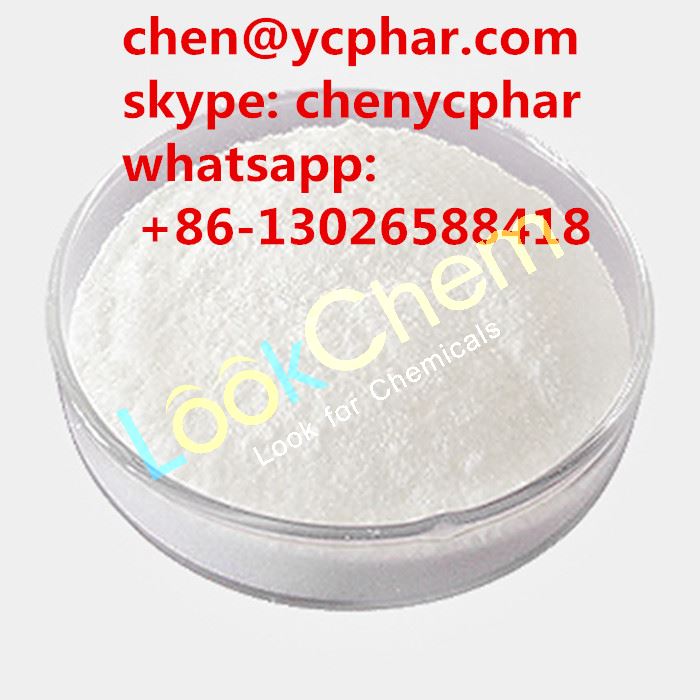Superiority
Aarticaine HCl
CAS 23964-57-0
Articaine hydrochloride , its CAS NO. is 23964-57-0, the synonyms are 2-Thiophenecarboxylic acid,
4-methyl-3-((1-oxo-2-(propylamino)propyl)amino)-, methyl ester, monohydrochloride ; 4-Methyl-3-
(2-(propylamino)propionamido)-2-thiophenecarboxylic acid methyl ester HCl ; Articaine HCl ; Methyl
Details
Aarticaine HCl
CAS 23964-57-0
Articaine hydrochloride , its CAS NO. is 23964-57-0, the synonyms are 2-Thiophenecarboxylic acid,
4-methyl-3-((1-oxo-2-(propylamino)propyl)amino)-, methyl ester, monohydrochloride ; 4-Methyl-3-
(2-(propylamino)propionamido)-2-thiophenecarboxylic acid methyl ester HCl ; Articaine HCl ; Methyl
4-methyl-3-(2-(propylamino)propionamido)-2-thiophenecarboxylate, monohydrochloride ; Septanest ; Septocaine .
Articaine is a dental local anesthetic. It is the most widely used local anesthetic in a number of European countries and is available in many countries around the world.
Structure and metabolism: The amide structure of articaine is similar to that of other local anesthetics, but its molecular structure differs through the presence of a thiophene ring instead of a benzene ring. Articaine is exceptional because it contains an additional ester group that is metabolized by esterases in blood and tissue. The elimination of articaine is exponential with a half-life of 20 minutes. Since articaine is hydrolized very quickly in the blood, the risk of systemic intoxication seems to be lower than with other anesthetics, especially if repeated injection is performed.
Applications:
Articaine is a local anaesthetic that has been approved overseas for several years. Like other amide anaesthetics, articaine blocks nerve conduction when it is infiltrated around a nerve. This action is prolonged by combining the drug with a vasoconstrictor
Clinical use:
(1) Articaine is used for pain control. Like other local anesthetic drugs, articaine causes a transient
and completely reversible state of anesthesia (loss of sensation) during (dental) procedures.
(2) In dentistry, articaine is used both for infiltration and block injections, with the block technique
yielding the greatest duration of anesthesia.
(3) In people with hypokalemic sensory overstimulation, lidocaine is not very effective, but articaine
works well.


![]() China (Mainland)
China (Mainland)